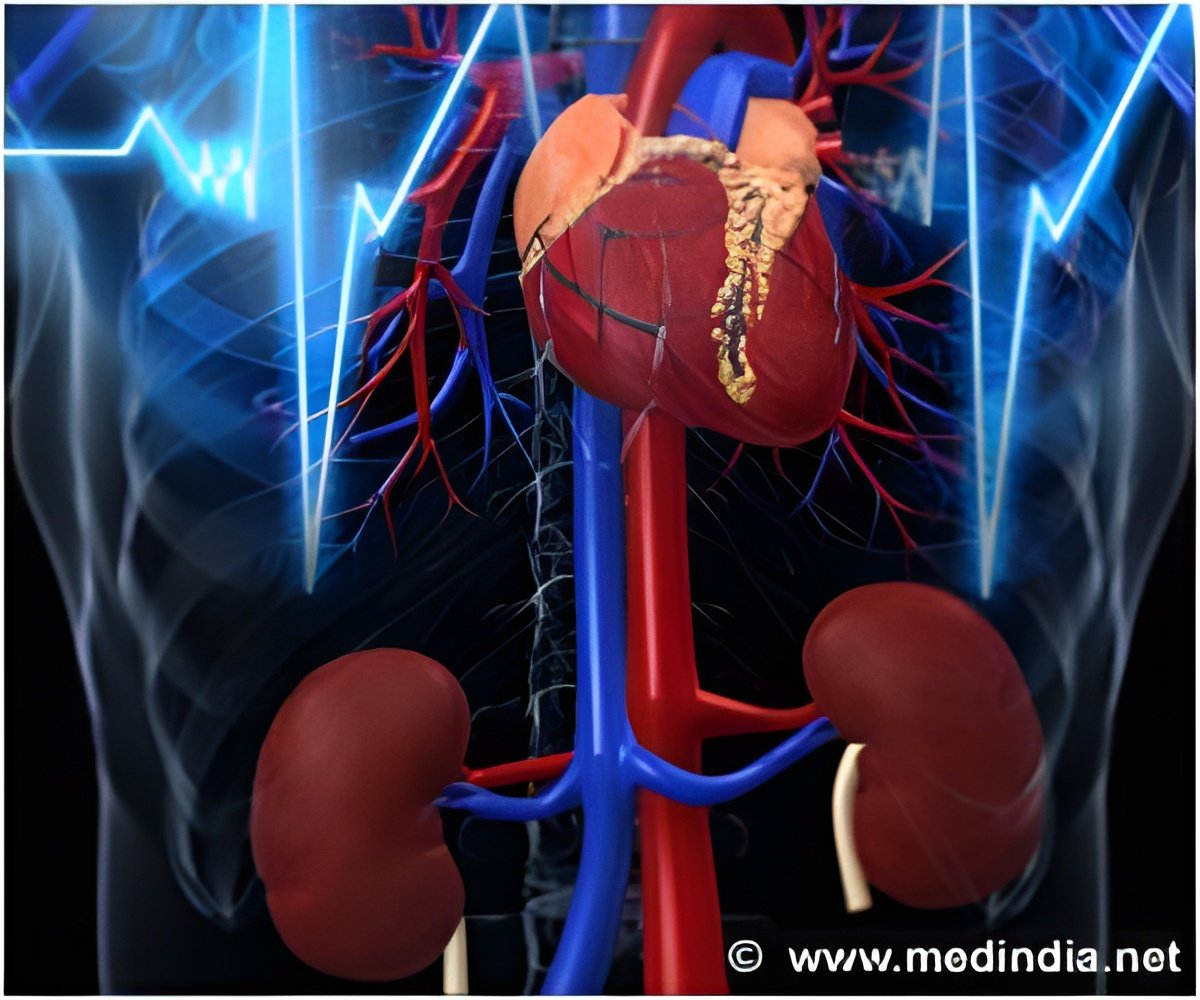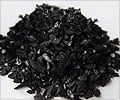
The findings could have important implications for the development of a protective treatment for adults and children who have been exposed to toxic levels of the gas.
"When patients are admitted to hospital with carbon monoxide poisoning, the main problem doctors face is preventing damage to the body whilst the body slowly removes the chemical," said University of Leeds' Professor Chris Peers, who led the research. "We've shown that ranolazine can rapidly protect the heart and prevent the kind of cardiac events which threaten patients long after their exposure to the gas."
Carbon monoxide poisoning causes 1.6 million deaths worldwide every year. Many people who have been exposed to the gas develop cardiac arrhythmias, which if left untreated can lead to a fatal cardiac arrest.
Until now, however, the underlying biochemical mechanisms causing damage to the heart have not been fully understood, preventing the development of effective treatments.
Ranolazine, which is sold under the trade name Ranexa, was approved in 2006 in the US for the treatment of angina. The drug works by targeting a sodium channel in the heart - the same channel that can also induce irregular heartbeats.
Advertisement
Colleagues at the Université Montpellier 1 and Université de Avignon in France then trialled ranozaline on rats exposed to carbon monoxide, to test its protective effects. They found that the drug markedly reduced the chance of arrhythmia in the animals.
Advertisement
The findings may also help those living in built-up areas or whose work involves daily exposure to lower levels of carbon monoxide, such as firefighters, the researchers believe. A recent and extensive epidemiological study of nine million people in the US1 showed a clear link between environmental carbon monoxide exposure and hospitalisation due to cardiovascular complaints. As ranolazine is a daily medication for angina, the researchers suggest it may be suitable to protect patients from the harmful effects of chronic exposure, though human clinical trials will be required to confirm this.
"The next step will be to replicate these findings in human trials. As the drug has been clinically approved, roll out of this treatment could begin soon after we have these results," said Professor Peers.
Dr Hélène Wilson, Research Advisor at the British Heart Foundation (BHF), which co-funded the study, said:
"This study is a good example of research being used to better understand the underlying causes of an abnormal heart rhythm and in this case it has uncovered the ability of an old drug to perform a new trick. Carbon monoxide poisoning is tragically common but hopefully these promising results can be replicated in people so that it saves lives in the future."
Source-Eurekalert













